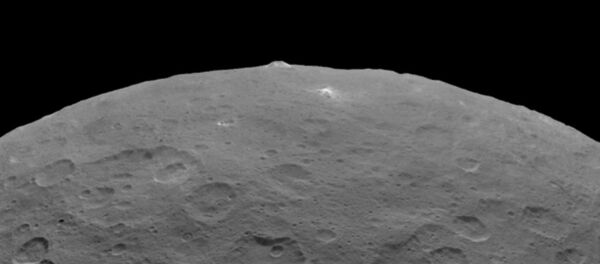The spacecraft spent eight years orbiting the scorching hot planet before it ran out of fuel and plummeted into the planet’s atmosphere in December. During its mission, Venus Express dove in and out of the Venus’ atmosphere to collect data on its composition and transfer them back to Earth.
After combing through the data, the team of astronomers found what may be the best evidence yet that Venus is still volcanically active.
Transient spikes of temperature were detected on several different spots across the planet’s surface. These hotspots were captured by thermal imaging taken by the spacecraft’s Venus Monitoring Camera, and show spikes in temperature of several degrees Fahrenheit, ranging in size from.39 square miles to 11 square miles. After taking a closer look, the team determined that this was likely a result of lava pouring across the surface.
"We were able to show strong evidence that Venus is volcanically, and thus, internally, active today," said the study’s co-author James Head, a geologist at Brown University. "This is a major finding that helps us understand the evolution of planets like our own."
The hotspots were clustered around the Ganiki Chasma, which scientists have in the past identified as a relatively young region. Astronomers speculate that the rifts covering the region were created by magma forced to the surface from internal pressure stretching the surface’s crust. A similar process has been observed on Earth.
Ganiki Chasma was mapped the Soviet Union’s Venera Spacecraft in the 1980s and examined again in the 1990s by NASA’s Magellan mission.
"We knew that Ganiki Chasma was the result of volcanism that occurred fairly recently in geological terms, but we didn’t know if it formed yesterday or was a billion years old," Head said. "The active anomalies detected Venus Express fall exactly where we had mapped these relatively young deposits and suggest ongoing activity."




